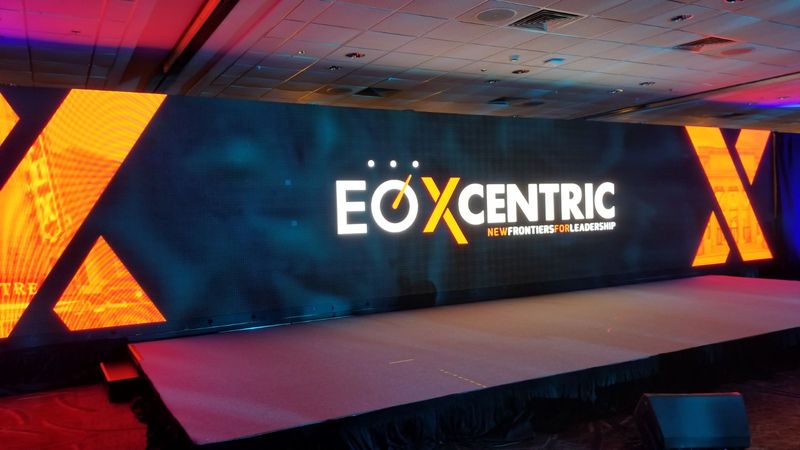Examining the Essential Elements That Influence Brightness in LED Wall Panels
Examining the Essential Elements That Influence Brightness in LED Wall Panels
Blog Article
Light Emitting Diode wall panels are increasingly popular for both advertising and entertainment due to their bright and vibrant images. Grasping the elements that influence the luminosity of these screens is essential for manufacturers and consumers alike. Luminosity is typically measured in nits, which shows how much illumination is emitted from the surface of the panel. Several key factors contribute to the overall brightness, including the type of LED used, the quality of the panel materials, and the energy supplied to the screen.
The type of Light Emitting Diode component used in a wall panel plays a crucial role in its brightness. Different Light Emitting Diodes emit differing levels of light output, which gauge the amount of light perceptible to the human eye. High-quality components, such as those made using advanced technology, can produce brighter illumination with higher efficiency. Furthermore, the hue temperature of the LED also affects perceived brightness. For instance, colder color tones (higher K values) can appear more luminous than warmer ones, even at the same light output rating. This feature is important for uses where clarity is important, such as in external promotion.
The materials used in the building of LED panel panels also influence their brightness. The kind of foundation and encapsulation materials can influence how much light is conducted versus how much is absorbed or scattered. For example, a panel made with high-quality clear glass will permit more light to flow through than one made with inferior materials. Additionally, the design of the panel, including its depth and the arrangement of the Light Emitting Diodes, can you can look here enhance or reduce brightness by affecting how light is spread across the screen.
The energy supply provided to the Light Emitting Diode panel screens is another key element in determining luminosity. Each LED component has a specific electric potential and current requirement for ideal performance. If the power source falls short, the brightness of the screen will decrease. Conversely, providing too much energy can lead to overheating and decreased lifespan of the Light Emitting Diodes. Therefore, maintaining a consistent and sufficient power source is essential for realizing consistent luminosity levels. This is especially important in changing screens, where brightness may need to be modified for varied lighting conditions.
Finally, click here for more environmental elements can affect how luminosity is viewed. Ambient illumination conditions play a significant role in how bright an Light Emitting Diode wall screen looks. In bright sunlight, for example, a panel with a reduced brightness rating may have difficulty to be seen clearly, while a more luminous panel can stand out more efficiently. Additionally, the perspective from which the panel is observed can influence brightness perception due to how illumination bounces off surfaces. Understanding these elements helps consumers select the right LED panel panel for their requirements and ensures that manufacturers produce products that satisfy luminosity expectations for different applications.
